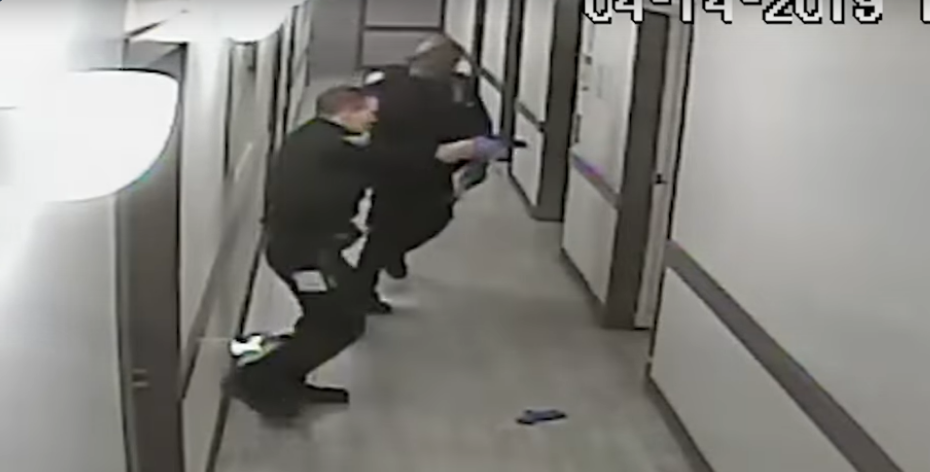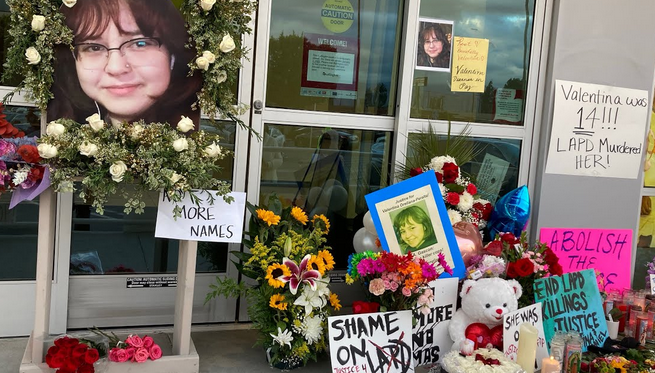[Libya\African Migrants]
Safa Msehli: “These are people going missing by the hundreds…We feel the worst has happened, and that these locations [data-collection facilities] are being used to smuggle or traffic people.”
Photo: Twitter
A modern slave market trafficking in migrant Africans, in 2020 Libya.
The killing last week of three young men after they were intercepted at sea by the EU-funded Libyan Coast Guard has thrown the spotlight on the fate of tens of thousands of migrants and asylum seekers returned to Libya to face detention, abuse and torture by traffickers, or worse.
The three Sudanese nationals aged between 15 and 18 were shot dead on 28 July, reportedly by members of a militia linked to the Coast Guard as they tried to avoid being detained. They are among more than 6,200 men, women, and children intercepted on the central Mediterranean and returned to Libya this year. Since 2017, that figure is around 40,000.
Over the last three months, The New Humanitarian has spoken to migrants and Libyan officials, as well as to UN agencies and other aid groups and actors involved, to piece together what is happening to the returnees after they are brought back to shore.
It has long been difficult to track the whereabouts of migrants and asylum seekers after they are returned to Libya, and for years there have been reports of people going missing or disappearing into unofficial detention centres after disembarking.
But the UN’s migration agency, IOM, told TNH there has been an uptick in people vanishing off its radar since around December, and it suspects that at least some returnees are being taken to so-called “data-collection and investigation facilities” under the direct control of the Ministry of Interior for the Government of National Accord.
The GNA, the internationally recognised authority in Libya, is based in the capital, Tripoli, and has been fighting eastern forces commanded by General Khalifa Haftar for 16 months in a series of battles that has developed into a regional proxy war.
Unlike official detention centres run by the GNA’s Directorate for Combating Illegal Migration (DCIM) – also under the Ministry of the Interior – and its affiliated militias, neither IOM nor the UN’s refugee agency, UNHCR, has access to these data-collection facilities, which are intended for the investigation of smugglers and not for detaining migrants.
“We have been told that migrants are no longer in these [data-collection] facilities and we wonder if they have been transferred,” Safa Msehli, spokesperson for IOM in Libya, told TNH.
“These are people going missing by the hundreds. We have also been told – and are hearing reports from community leaders – that people are going missing,” she said. “We feel the worst has happened, and that these locations [data-collection facilities] are being used to smuggle or traffic people.”
According to IOM, more than half of the over 6,200 people returned to Libya this year – which includes at least 264 women and 202 children – remain unaccounted for after being loaded onto buses and driven away from the disembarkation points on the coast.
Read the rest of this The New Humanitarian feature here:https://www.thenewhumanitarian.org/news-feature/2020/08/05/missing-migrants-Libya-forced-returns-Mediterranean












